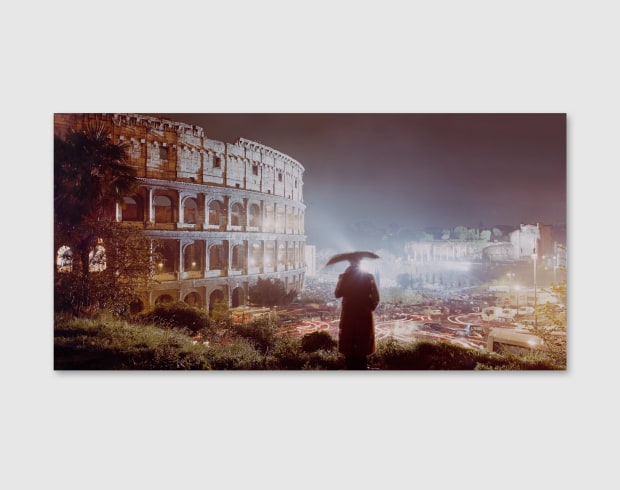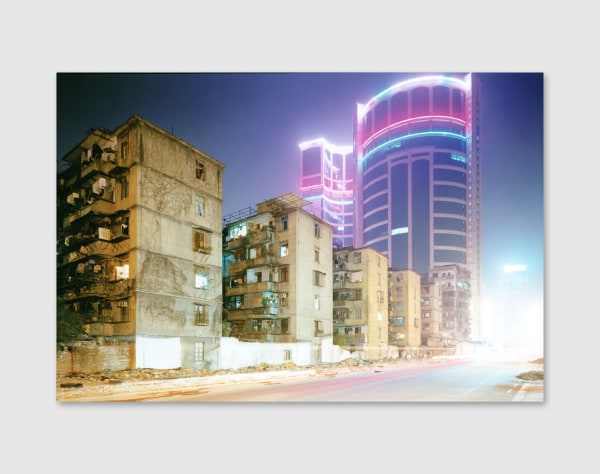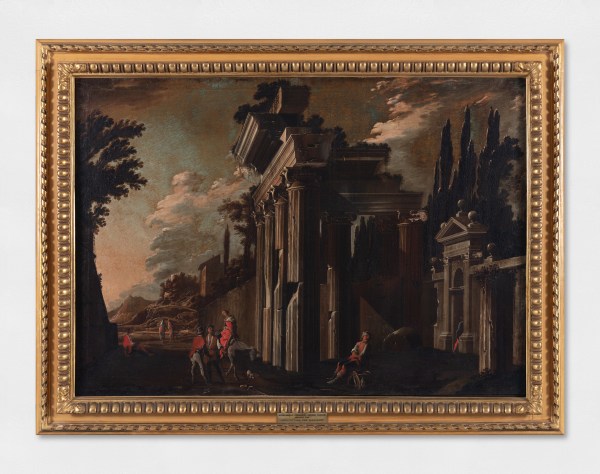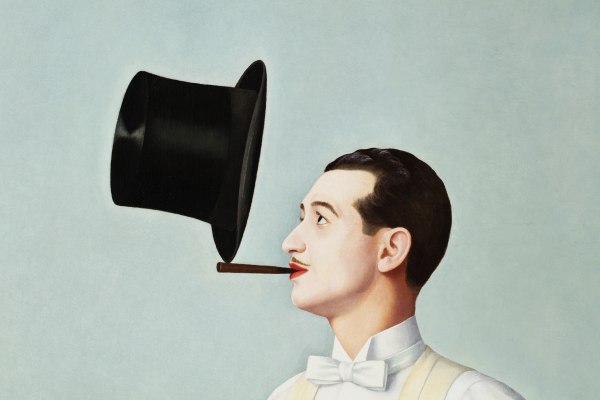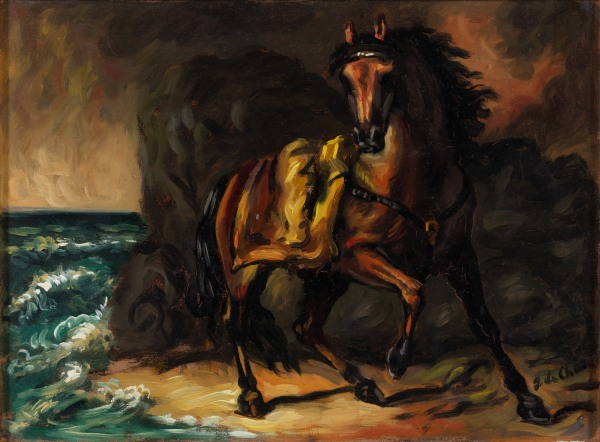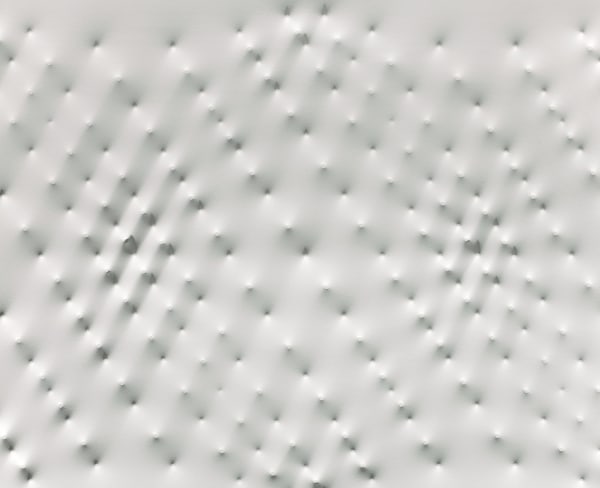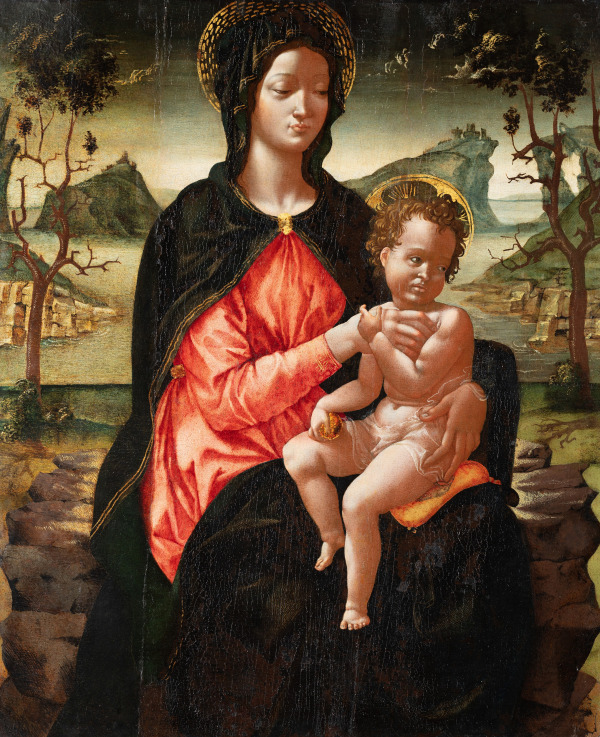-
Over time, artists have chosen to depict the urban landscape for various reasons. From a commercial standpoint, there was a high demand for artworks portraying landscapes. Moreover, the fact that artists were living in the cities represented a key opportunity for them as they had plenty of architectural and artistic influences to draw inspiration from.
Finally, artists’strong anthropological interest made them truly fascinated by both cities and their inhabitants. Through their art, they captured a snapshot of their time, representing scenes ranging from central districts to suburbs.
The presence of artists in certain neighbourhoods has often suggested that these areas were gradually gentrified. However, by examining the representation of these territories, historians have also grasped the urban dynamics in which artists were involved.
Jiang Pengyi’s work, “Unregistered City”, stands out as an example. His artworks focus on the rapid changes occurring in Beijing’s urban landscape and, more in general, in that of Asian cities. With his works, he represents how constant economic growth impacts the social fabric within the urban area.
The representation of the urban landscape has been a constant in the artistic scenario over the centuries. The broadness of subjects related to the theme makes the portrayal of cities an interesting observatory. Indeed, it enables the study of cities’ evolution from a social, urbanistic and architectural perspective.
-
 Giulio GorraCortile con giocolieri, c.1850-1900Oil on canvas / Olio su tela / Öl auf Leinwand29 3/8 x 23 5/8 in
Giulio GorraCortile con giocolieri, c.1850-1900Oil on canvas / Olio su tela / Öl auf Leinwand29 3/8 x 23 5/8 in
74.5 x 60 cm -
 Olivo BarbieriRoma 1995, 1995C Print, edition 1/6 / C Print, edizione 1/6 / C Druck, Auflage 1/647 x 86 3/8 in
Olivo BarbieriRoma 1995, 1995C Print, edition 1/6 / C Print, edizione 1/6 / C Druck, Auflage 1/647 x 86 3/8 in
119.5 x 219.5 cm -
-
 Olivo Barbieri, Canton, China 1998, 1998
Olivo Barbieri, Canton, China 1998, 1998 -
 Olivo Barbieri, Shanghai, China 1997, 1997
Olivo Barbieri, Shanghai, China 1997, 1997 -
 Olivo Barbieri, Roma 1995, 1995
Olivo Barbieri, Roma 1995, 1995 -
 Olivo Barbieri, site specific_ROMA 04, 2004
Olivo Barbieri, site specific_ROMA 04, 2004 -
 Olivo Barbieri, site specific_SHANGHAI 04, 2004
Olivo Barbieri, site specific_SHANGHAI 04, 2004 -
 Olivo Barbieri, Tibet Ganden 2000, 2000
Olivo Barbieri, Tibet Ganden 2000, 2000 -
 Carlo Fornara, Venezia, c.1914
Carlo Fornara, Venezia, c.1914 -
 Carlos Garaicoa, De la serie Lo viejo y lo nuevo (XX), 2010
Carlos Garaicoa, De la serie Lo viejo y lo nuevo (XX), 2010 -
 James Casebere, Bologna Tunnel # 4, JC-228.L.4, 2010
James Casebere, Bologna Tunnel # 4, JC-228.L.4, 2010 -
 Jiang Pengyi, Unregistered city NO. 8, 2010
Jiang Pengyi, Unregistered city NO. 8, 2010 -
 Jiang Pengyi, Unregistered City No.1, 2008
Jiang Pengyi, Unregistered City No.1, 2008 -
 Bernardo Canal, Veduta della Piazzetta di San Marco, c.1700-50
Bernardo Canal, Veduta della Piazzetta di San Marco, c.1700-50 -
 Leonardo Coccorante or Gennaro Greco detto il Mascacotta, Demolizione di un galeone presso un antico portico in rovina, c.1690-1710
Leonardo Coccorante or Gennaro Greco detto il Mascacotta, Demolizione di un galeone presso un antico portico in rovina, c.1690-1710 -
 Giulio Gorra, Cortile con giocolieri, c.1850-1900
Giulio Gorra, Cortile con giocolieri, c.1850-1900 -
 Ascanio Luciano, Colonnato ionico in rovina (Architettura con paesaggio), c.1650-1700
Ascanio Luciano, Colonnato ionico in rovina (Architettura con paesaggio), c.1650-1700 -
 Maurice Utrillo, Casa con bandiera (houilles -seime et oise- les balles vues), 1920
Maurice Utrillo, Casa con bandiera (houilles -seime et oise- les balles vues), 1920
-
Join our mailing list
* denotes required fields
In order to respond to your enquiry, we will process the personal data you have supplied in accordance with our privacy policy.



